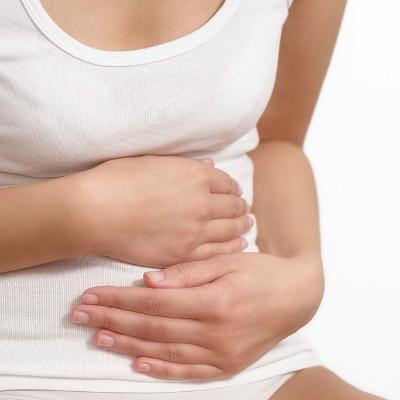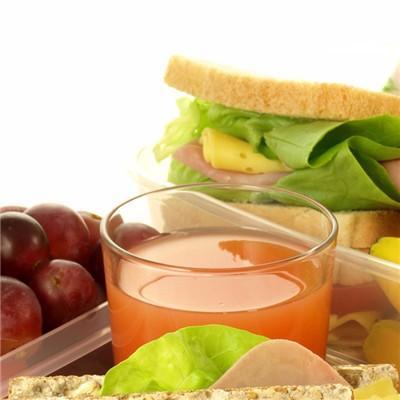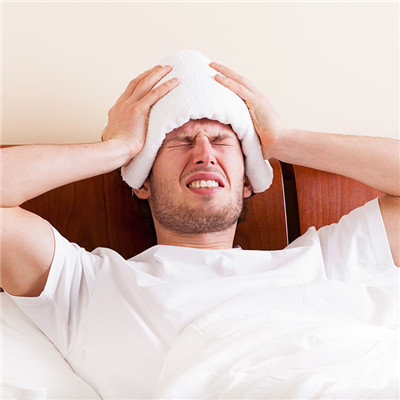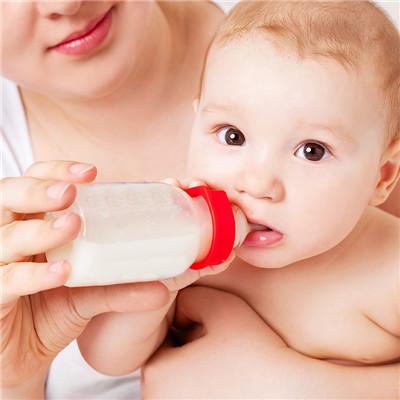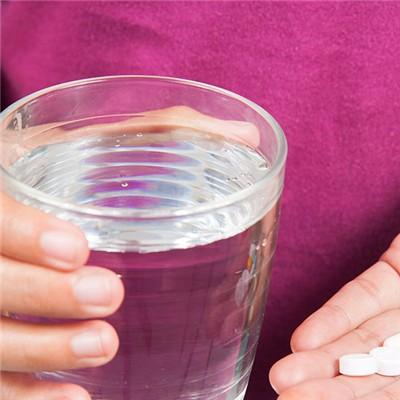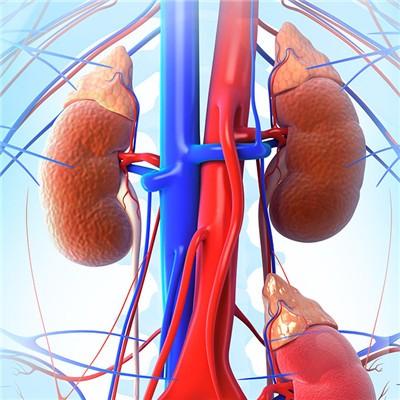What are the methods of renal function examination
summary
I suffer from chronic kidney disease, characterized by the body is easy to appear edema, but there are many types of disease, must be able to correctly check, so as to develop a good treatment plan. Let's take a look at the methods of renal function examination.
What are the methods of renal function examination
One: endogenous creatinine clearance rate examination, which is more common in renal function examination of glomerular damage, the specific operation is: before and on the test day, low protein diet for three days, fasting meat, avoid strenuous exercise. The urine was drained at 8:00 a.m. on the test day, and then the urine was put into a clean container with toluene preservative within 24 hours from 8:00 a.m. to 8:00 a.m. the urine samples should be sent for examination within 1 hour.
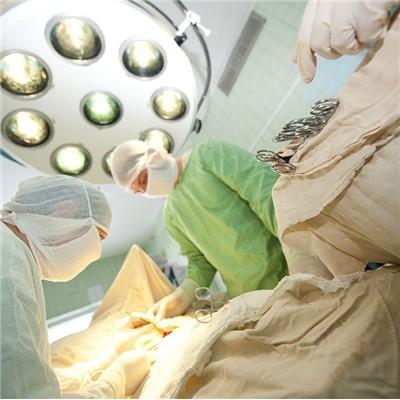
Second: Determination of blood urea nitrogen and serum creatinine, which is one of the commonly used methods for renal function examination. The specific operation is: Take 1 ml of venous blood, inject it into anticoagulant tube, and mix well. Normal blood urea nitrogen is 9-20 mg / L, and serum creatinine is 1-2 mg / L. All kinds of serious kidney diseases cause the increase of renal insufficiency.
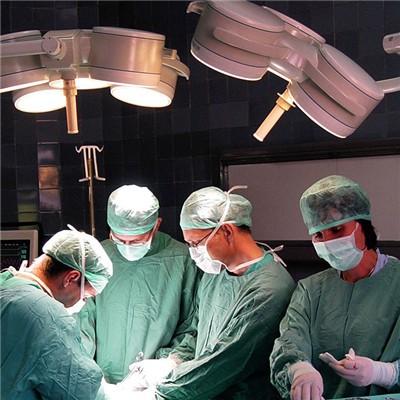
Third: phenol red (PSP) excretion test, which is also a common method of renal function examination, the specific operation is: before the test can not take aspirin, penicillin and other drugs. Tea, coffee and other diuretic drinks should be avoided before and during the test. 20 minutes before the test, the patients urinated first, then drank 300-400 ml of water, and then stopped drinking water. 1 ml of 0.6% phenol red solution was accurately extracted with 1 ml syringe and injected intravenously. After the injection, the urine was collected at 15, 30, 60 and 120 minutes respectively, and then collected in clean sample bottles and sent for examination in time.

matters needing attention
Before receiving all aspects of renal function examination, in addition to fasting, drink less water. Due to the increase of gastrointestinal contents after meals (especially full meals), various organs including kidneys will have different degrees of crowding, and the edge of the organ is not easy to display, and information will be missed.
